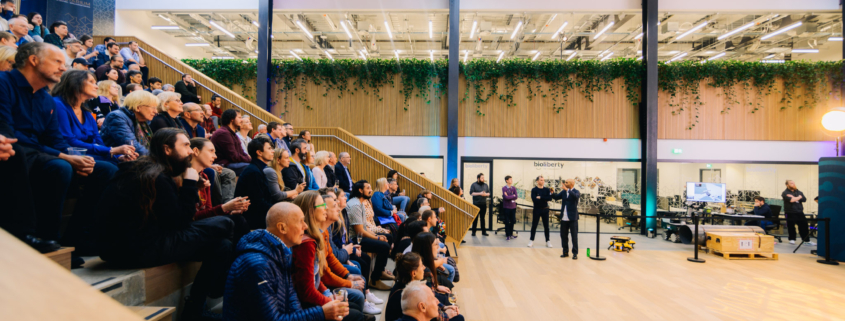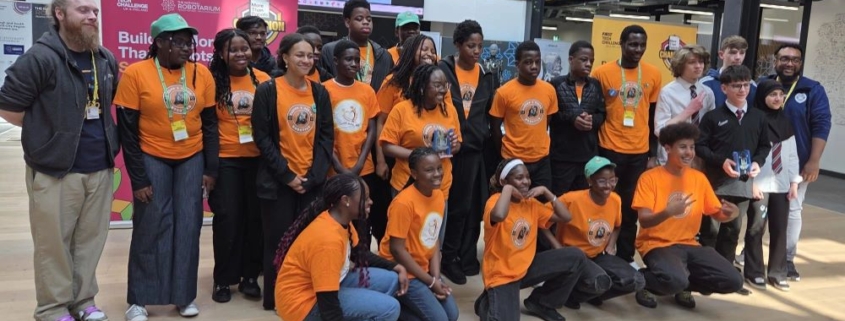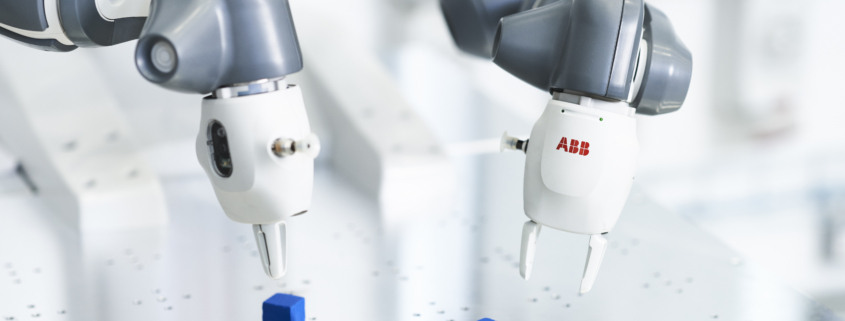Blair Wilson, Schools and Industry Engagement Lead, shares his reflections on the Scottish regional finals of the 2025 First Tech Challenge UK competition, which took place at The National Robotarium on 23 April
This week, The National Robotarium played host to the Scotland Regional Finals of the First Tech Challenge UK, one of the world’s largest robot competitions for 12-18 year olds. The regional event marked the culmination of our thriving partnership with the First Tech Challenge team which began – alongside sponsors at Hearts of Midlothian FC Innovation Centre – in December 2023, when I led a team of our robotics engineers to inspire the ten competing teams at an all-day, community ‘scrimmage’ event at Tynecastle Park, Hearts FC football ground.
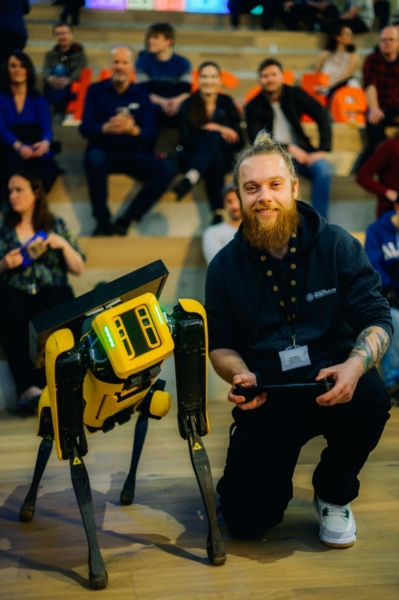
Blair Wilson is Outreach and Engagement Lead at The National Robotarium
It was a big deal for the National Robotarium to be invited; the facility was just over a year old and I, along with my colleague Sabaht, had spent the past 12 months building an engagement programme for schools, industry and the general public. The programme had to not only help raise awareness of the positive benefits greater adoption of robotics and AI can have in our everyday lives, it also aimed to increase inclusion and diversity in computer science, technology, and other robotics-related STEM subjects, and address future skills gaps by building the UK’s robotics talent base.
The first Scottish scrimmage event, which was kicked-off (pardon the pun) with an inspiring introduction from our CEO Stewart Miller, was a day of creativity, building and operating rudimentary robots with the teams receiving demonstrations and advice from our engineers on everything ranging from automation to soft robotics.

Blair and Spot at the First Tech Scottish Scrimmage at Hearts Innovation Centre (Dec 2023)
Since then, we’ve hosted a number of First Tech events at The National Robotarium, including training sessions for teachers and volunteers. However, nothing we’ve done so far matched the levels of excitement brought by the regional finalists! Throughout the day, our Atrium space was vibrant; full of teamwork, community spirit and lots and lots of robots!
It was clear that each of the competing teams had put in a tonne of work in the lead-up to the contest. The innovation and creativity showcased in the robotic creations was incredible, with every one a serious contender. However, there could only be one winner, and P4F (Passion4Fusion) Robotics took home the Inspire Award for their robot ‘Shabalala’, meaning they will battle it out at the UK finals event, taking place in London on 26-27 June. An amazing achievement.
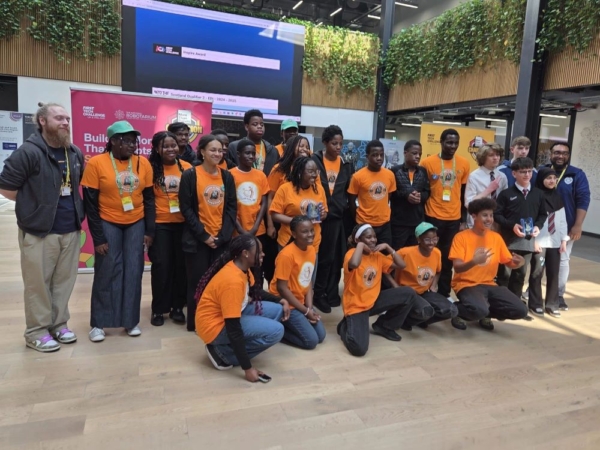
2025 Scottish Inspire Award winners Passion4Fusion Robotics
Since joining The National Robotarium, I have engaged with 10,000’s of young people, teachers, learners, community groups, robot enthusiasts – and, occasionally, robot sceptics! – showcasing and discussing robots, their capabilities and the types of exciting career opportunities these emerging technologies bring. Like the PC in the 80s and the mobile phone in the 90s, robotics will soon become part of everyone’s daily lives, and we need to ensure we have the skills, knowledge and understanding required for seamless integration and adoption.
Robots are not going to replace humans, but instead help humans’ everyday lives, taking on the dull, dirty or dangerous tasks, and, in the education sector, augmenting learning and teaching, so teachers can focus on the vital, human elements of the role; guiding, inspiring, and motivating young people to achieve their very best.
Whilst hosting events like the First Tech Challenge takes an enormous amount of work, they give young people an entry point to understanding how they operate and the limitless things they – the roboticists – can do with their help.
Get involved!
Thinking about joining the one of the UK’s most epic STEM challenges? Heart of Midlothian FC’s Innovation Centre are hosting an open Summer Showcase event in June (date TBC). Come along and meet this year’s First Tech Challenge teams, watch the robots in action, , and find out everything you need to get started ahead of next year’s contest, starting in September 2025.
We’ll be sharing more information on this exciting event soon but, in the meantime, you can email Blair for more info at: Blair.Wilson@hw.ac.uk

